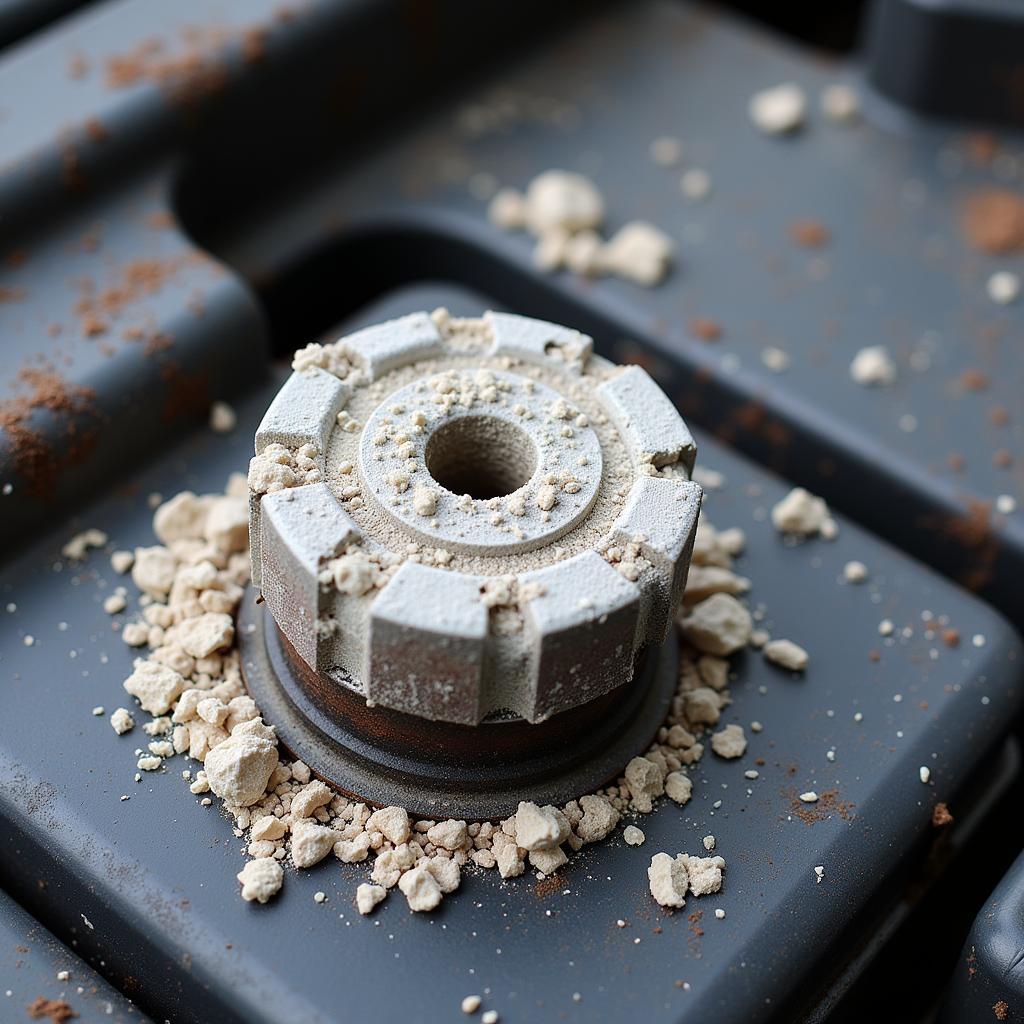A dead car battery is a frustrating experience, especially when you’re in a hurry. If your car battery is not starting, this comprehensive guide will provide you with the knowledge and tools you need to diagnose the problem and get your car back on the road. We’ll cover everything from simple checks to more complex solutions, including remote diagnostic options.
A car battery not starting can be due to a variety of reasons, from a simple loose connection to a more serious alternator issue. Don’t panic, though. Many times, the problem can be solved without professional help. We’ll walk you through the most common culprits and how to address them. If you’ve ever wondered, “I had a flat battery,” and didn’t know what to do, you’ve come to the right place.
Why is My Car Battery Not Starting?
Several factors can contribute to a car battery not starting. These range from leaving your headlights on overnight to a faulty alternator that’s not recharging the battery properly. Other causes include extreme temperatures, old age, and corroded battery terminals. Knowing how to identify these problems can save you time and money.
 Car Battery Corrosion on Terminals: Close-up View
Car Battery Corrosion on Terminals: Close-up View
Common Causes of a Dead Battery
- Parasitic Drain: Even when your car is off, certain systems like the radio or interior lights can draw small amounts of power. Over time, this can drain your battery, especially if you don’t drive frequently.
- Faulty Alternator: The alternator is responsible for recharging the battery while the engine is running. A malfunctioning alternator won’t charge the battery, eventually leading to a no-start situation.
- Extreme Temperatures: Both extreme heat and cold can affect battery performance. Heat can evaporate the electrolyte inside the battery, while cold can slow down the chemical reactions necessary for generating power.
- Old Age: Like any other component, car batteries have a limited lifespan. Typically, they last between 3-5 years.
- Corroded Terminals: Corrosion on the battery terminals can prevent the battery from properly connecting to the car’s electrical system, hindering the flow of power.
What to Do When Your Car Battery is Not Starting
The first step is to determine if the battery is truly the problem. Try turning on the headlights. If they are dim or don’t come on at all, the battery is likely the culprit. You can then try jump-starting the car. If the car starts after a jump, you’ll likely need to replace the battery or address the underlying issue causing the drain.
Jump-Starting Your Car: A Step-by-Step Guide
- Locate another vehicle with a working battery and jumper cables.
- Connect the positive (red) clamp of the jumper cables to the positive terminal of your dead battery.
- Connect the other positive (red) clamp to the positive terminal of the working battery.
- Connect the negative (black) clamp to the negative terminal of the working battery.
- Connect the other negative (black) clamp to a clean, unpainted metal surface on your car’s engine block, away from the battery.
- Start the vehicle with the working battery and let it run for a few minutes.
- Try to start your car. If it starts, disconnect the jumper cables in the reverse order of connection.
If jump-starting doesn’t work, the problem might be more complex and require professional diagnostics. You may find yourself asking, “Will a battery charger charge a completely dead battery?” A battery charger that will charge a dead battery is a good investment. Alternatively, if your car battery dead for months, it might be beyond saving. If you are experiencing a car battery 11 volts wont start situation, it’s definitely time for a new one.
Remote Diagnostics and Programming: The Future of Car Repair
Advances in technology now allow for remote diagnosis and programming of car systems, including battery and charging system issues. This can save you valuable time and potentially avoid unnecessary trips to a mechanic. These services can remotely analyze your car’s data and identify the root cause of the problem, sometimes even offering software updates to fix software-related issues.
Conclusion
A car battery not starting can be inconvenient, but understanding the common causes and solutions can empower you to take action. From simple checks and jump-starts to remote diagnostics and programming, there are a variety of options available. Remember to prioritize regular maintenance and address any warning signs promptly to avoid future issues.
FAQ
-
How long does a car battery last? Typically, car batteries last between 3-5 years.
-
What are the signs of a dying car battery? Dim headlights, slow engine cranking, and clicking sounds when you turn the key are common signs.
-
Can I replace a car battery myself? Yes, with basic tools and precautions, you can often replace a car battery yourself.
-
How can I prevent my car battery from dying? Regular driving, limiting short trips, and avoiding leaving accessories on when the car is off can help prolong battery life.
-
What is a parasitic drain? A parasitic drain is a small amount of power drawn by car systems even when the car is off.
-
How can I test my car battery? You can use a multimeter to test the voltage of your battery.
-
When should I seek professional help for car battery issues? If jump-starting doesn’t work or you suspect a more complex issue like a faulty alternator, it’s best to consult a mechanic.


